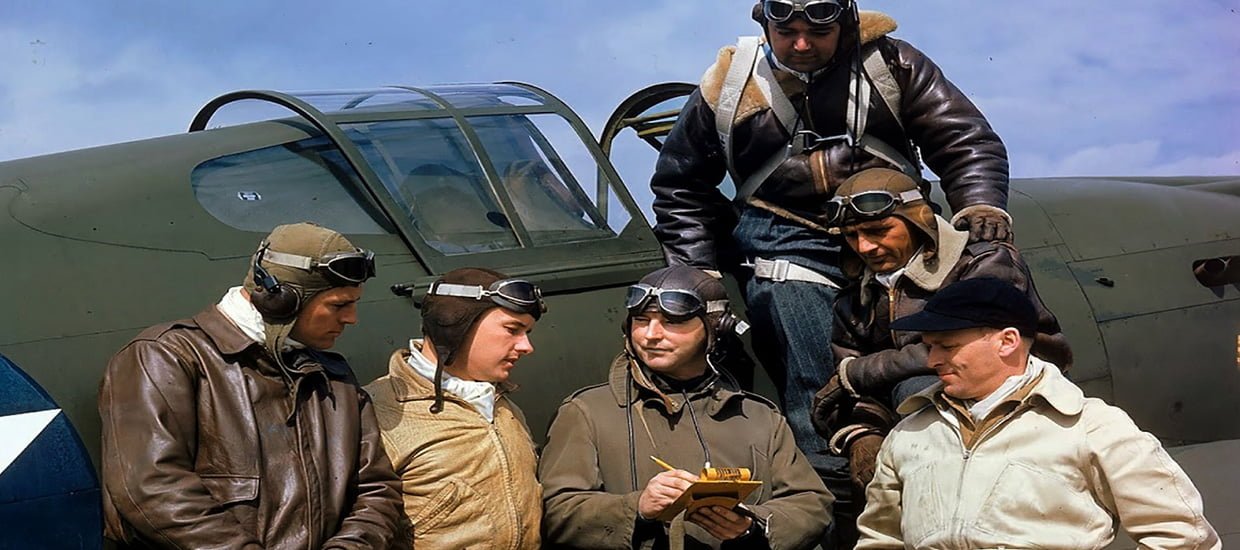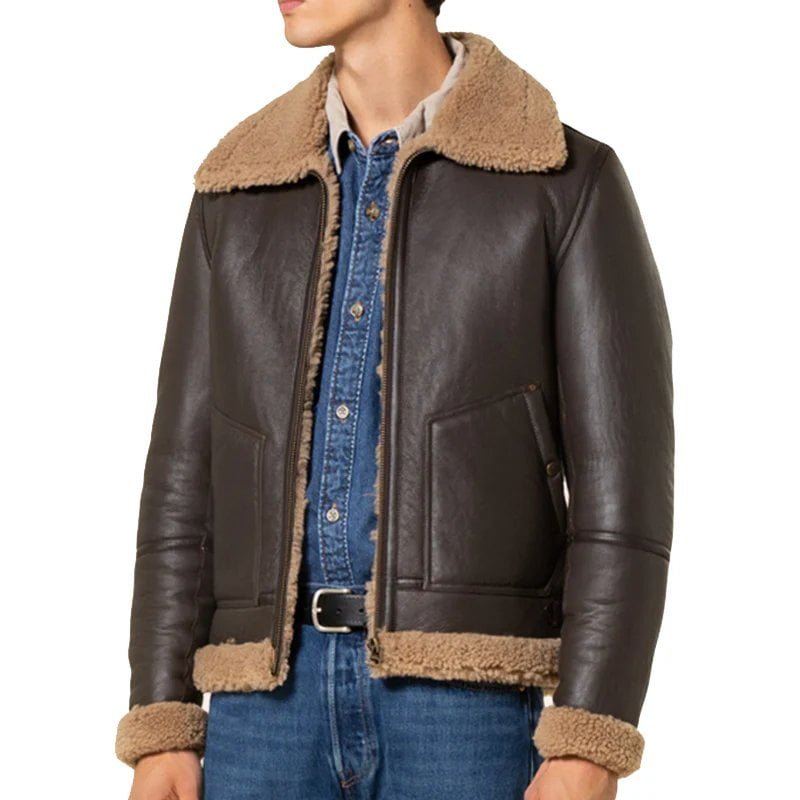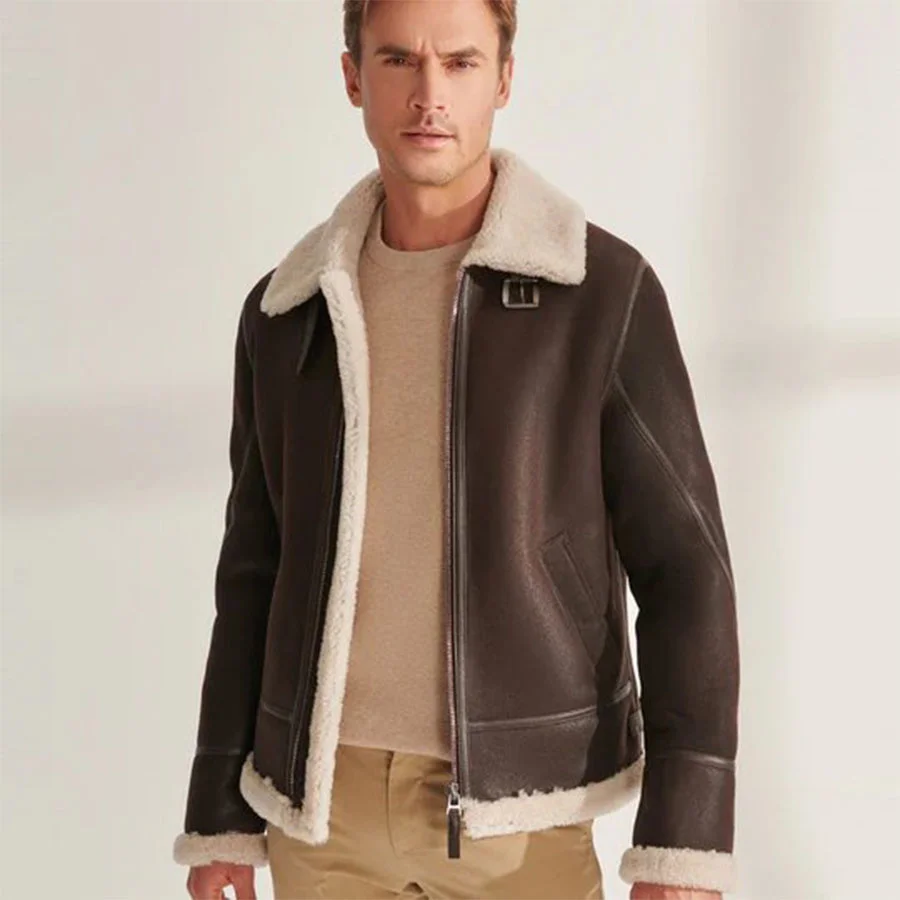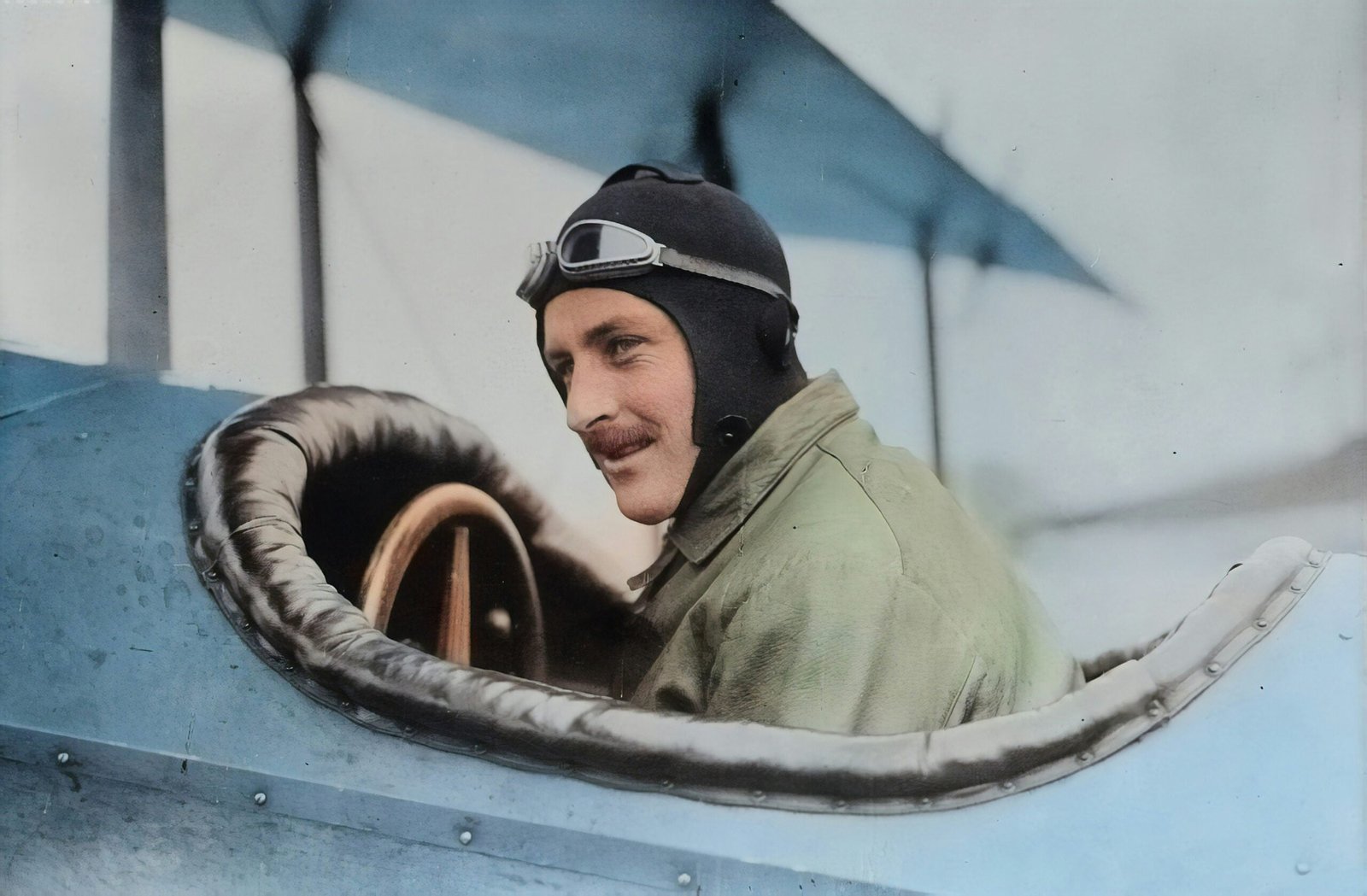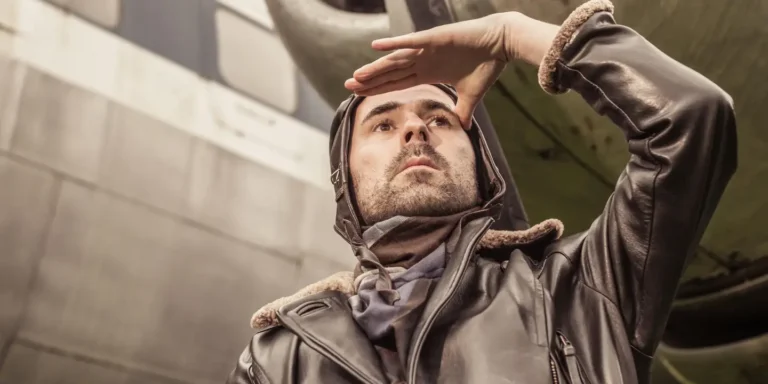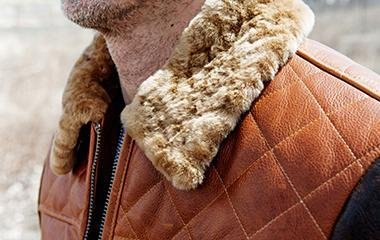Flight Jacket vs Bomber Jacket
Introduction to Flight Jackets and Bomber Jackets
Flight jackets and bomber jackets have long been staples in military attire and mainstream fashion. Their origins are deeply rooted in practicality; designed initially for military aviators in the early 20th century, these jackets served to provide warmth and protection in the cold, unpressurized cockpits of early aircraft. The flight jacket, also known as the aviator jacket or pilot jacket, was a necessity, featuring thick linings and durable materials to withstand harsh conditions.
Bomber jackets, a subset of flight jackets, emerged during World War II. Initially crafted from leather, they later evolved into designs featuring materials such as nylon. These jackets typically had elasticized waistbands and cuffs to keep out the cold and included several pockets for functional use. The MA-1, one of the most recognizable bomber jacket models, became a quintessential item for US Air Force pilots during the 1950s.
As the military use of these jackets waned post-war, they began to transition into civilian wear. The rugged aesthetic and utilitarian charm of flight jackets and bomber jackets captured the imagination of fashion enthusiasts. By the mid-20th century, these jackets had cemented their place in popular culture, worn by iconic figures and trendsetters alike. The jackets’ remarkable durability and distinctive style contributed to their lasting appeal, making them a versatile addition to both men’s and women’s wardrobes.
Today, flight jackets and bomber jackets continue to remain significant in contemporary fashion. They are celebrated not only for their historical roots but also for their ability to adapt to modern stylistic trends. Whether paired with casual or more formal attire, these jackets offer a unique blend of functionality and timeless fashion appeal. In understanding the differences and similarities between these two iconic styles, one gains a deeper appreciation for their evolution and ongoing relevance in the fashion world.
Distinct Features and Design Elements
Flight jackets and bomber jackets are often spoken of interchangeably, yet discerning characteristics set them apart. One of the most prominent differences lies in the materials used. Traditionally, flight jackets were crafted from high-quality leather, designed to withstand harsh conditions encountered by aviators. As technology advanced, variations featuring durable nylon emerged, providing lightweight options for pilots and wearers alike. On the other hand, bomber jackets are frequently made from flexible materials such as nylon or polyester, offering a less rigid structure and ease of movement.
Collar styles are another distinctive element distinguishing flight jackets from bomber jackets. Flight jackets like the G-1 feature a fur-lined collar, which not only adds a luxurious touch but also offers additional warmth in cooler climates. In contrast, bomber jackets typically come with a rib-knit collar. This style enables a snug fit around the neck, providing comfort without the bulk. Some bomber jackets, such as the iconic MA-1, are designed with a simple, clean-cut collar for a streamlined appearance.
Functional features also vary between these two jacket types. Flight jackets are designed with practicality in mind, often featuring an array of pockets for storage — including large front pockets and interior ones for documents or valuables. Zippered closures are common and are sometimes accompanied by a storm flap to protect against wind and rain. Bomber jackets, while also practical, tend to streamline these elements, emphasizing a balance between functionality and style. The MA-1, for instance, includes two hand pockets and a signature zippered utility pocket on the sleeve.
Another notable variation within these categories is found in the lining. Bomber jackets like the MA-1 are renowned for their bright orange lining, initially intended for visibility in emergencies. In contrast, flight jackets more often feature neutral or thermal linings focused on warmth rather than visibility.
Understanding these distinct features — from materials and collar styles to pockets and linings — helps in making an informed choice, ensuring that whether selecting a flight jacket or a bomber jacket, the option aligns with both functional needs and personal style preferences.
Styling Tips and Occasions
When it comes to styling flight jackets and bomber jackets, understanding the versatility and adaptability of each can significantly enhance your wardrobe choices. These jackets can seamlessly fit into casual, semi-casual, and smart-casual outfits, offering a fusion of comfort and style across various settings.
For casual day-to-day wear, both flight and bomber jackets can be paired effortlessly with jeans and a simple t-shirt. This combination delivers a laid-back yet fashionable look. Adding sneakers to this ensemble can complete the casual vibe, making it perfect for errands, casual meet-ups, or a relaxed day out.
Transitioning to semi-casual attire, consider pairing your jacket with chinos or tailored trousers. A flight jacket’s rugged design can add character to an understated shirt and trouser combo, while a bomber jacket, especially one in a neutral shade, complements a more polished look. Loafers or derby shoes can enhance this semi-casual style, making it suitable for more refined gatherings or casual Fridays at work.

For smart-casual occasions, the bomber jacket particularly shines due to its sleek silhouette. Pairing it with a slim-fit shirt and dark jeans or dress pants achieves a sophisticated yet approachable outfit. In contrast, a flight jacket’s distinctive collar and structured look make it ideal for layering over a turtleneck or knit sweater. Add a pair of dress boots or brogues to either ensemble for a well-rounded finish fit for evening outings or social events.
The versatility of flight and bomber jackets also extends to seasonal considerations. For colder climates, opt for lined versions of these jackets, which provide additional warmth without compromising on style. In milder weather, lightweight options are ideal, allowing for layering without causing discomfort. In warmer seasons, nylon or cotton variants of both jacket styles can make for ideal outerwear pieces that lend style without causing overheating.
Ultimately, the practicality and timeless appeal of flight jackets and bomber jackets make them valuable additions to any wardrobe, capable of adapting to various occasions and climatic conditions with ease.

Choosing the Right Jacket for You
Selecting the appropriate jacket, whether it be a flight jacket or a bomber jacket, requires careful consideration of various factors that align with your individual style, body type, and lifestyle needs. For those who lean towards a rugged, utilitarian look, a flight jacket may better suit your needs. Typically characterized by its military-inspired design and often featuring a fur collar, the flight jacket offers a robust and masculine appeal. In contrast, bomber jackets, which originated from similar military roots, tend to have a sleeker, more streamlined design. This makes them versatile and often more suitable for a casual yet stylish aesthetic.
When evaluating which jacket will blend seamlessly into your wardrobe, consider your body type. The tailored and sometimes more structured fit of the flight jacket can enhance a more athletic build, providing a balanced silhouette. Meanwhile, bomber jackets, with their relaxed fit and elasticized hem and cuffs, offer a flattering option for a wider range of body types.
Practical considerations such as budget, brand preferences, and maintenance requirements also play crucial roles. Flight jackets, often using premium materials such as leather or even shearling, can be a higher investment piece. They typically demand more maintenance to keep their material in prime condition. On the other hand, bomber jackets, particularly those made of nylon or polyester, can be more affordable and easier to clean, making them ideal for everyday wear.
Furthermore, think about the environment in which you live and your usual activities. If you reside in a colder area or require a jacket that offers substantial warmth, a flight jacket with its heft and insulation might be more practical. Conversely, if you live in a milder climate or need a versatile jacket for layering, a bomber jacket could be the better choice due to its lighter weight and flexibility.
Ultimately, both flight jackets and bomber jackets offer unique style statements and functional benefits. Weigh these considerations against your personal style and practical needs to make an informed choice that complements your wardrobe and lifestyle seamlessly.

